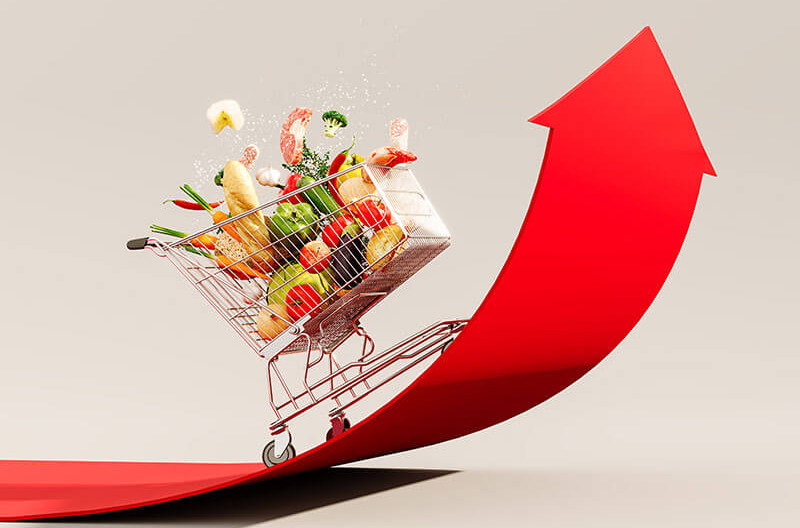IRI has released new insights about food inflation and its impact on consumer shopping behavior using point-of-sale data from July, including data covering all U.S. food channels.
July’s data shows that prices of consumer goods remain elevated across categories. Prices for food at-home rose 1.2 percent from the end of June to the end of July, and 14.4 percent year-over-year as of July 31. In June, at-home food prices rose 1.2 percent vs. May and 13.7 percent year-over-year as June 30.
“Consumers are responding to rising prices by shopping promotions, prioritizing value options, and trading down to avoid going without,” said Krishnakumar Davey, president of thought leadership for CPG and retail.
“We are advising our manufacturer clients to deploy all levers of strategic revenue management, prioritize strong in-market execution and invest in retailer partnerships to ensure that the right products are available in the right places at the right times. Additionally, retailers must have the tools to quickly adjust to changes in consumer preferences to ensure they are offering the right assortment at price points that appeal to price-sensitive shoppers as well as their most valuable customers.”
Key insights from the report include:
- Persistent inflation – Food and beverage inflation continues to persist on a sequential and year-over-year basis, despite recent price decreases in other areas of the economy (such as gasoline).
- Limited relief for consumers – While prices of certain food categories have begun to decline in recent weeks, they still tend to remain elevated year-over-year. Categories with the five largest decreases in price include:
- Promotional activity is on the rise – Promotional activity is returning to pre-pandemic levels as supply pressures ease and consumers look for the best deals. Recent data indicates that the top five food and beverage categories show close parallels to the same four weeks in 2019 before the pandemic, with nearly 50 percent of these top categories’ sales coming from promoted items;
- Consumers are opting for value-oriented categories to preserve quantity – Within food and beverage, overall volume and units have remained strong despite price increases.
- Consumers are purchasing more meal solutions, such as pasta, rice, frozen potatoes and canned soup.
- Consumers are buying less in categories such as sports drinks, ready-to-drink coffee/tea, frozen novelties, refrigerated entrées and frozen dinners/entrées.
- Consumers are “trading down” or switching from a preferred brand or higher-priced product for one at a lower price point in many categories.
- Premiumization continues in select categories despite the high inflation – Mirroring behavior from the Great Recession of 2008-09, consumers are trading down to trade up on small luxuries, including premium and imported beer, which saw combined sales share increase 2.6 percentage points to 51.2 percent share of category sales in the same 13-week comparison.
- Slower spending outside of food and beverage – Consumers are purchasing less in categories such as foil pans, household cleaner cloths, toilet tissue, facial tissue, laundry detergents and household cleaners.
For more information, visit iriworldwide.com.
For more national news from The Shelby Report, click here.

